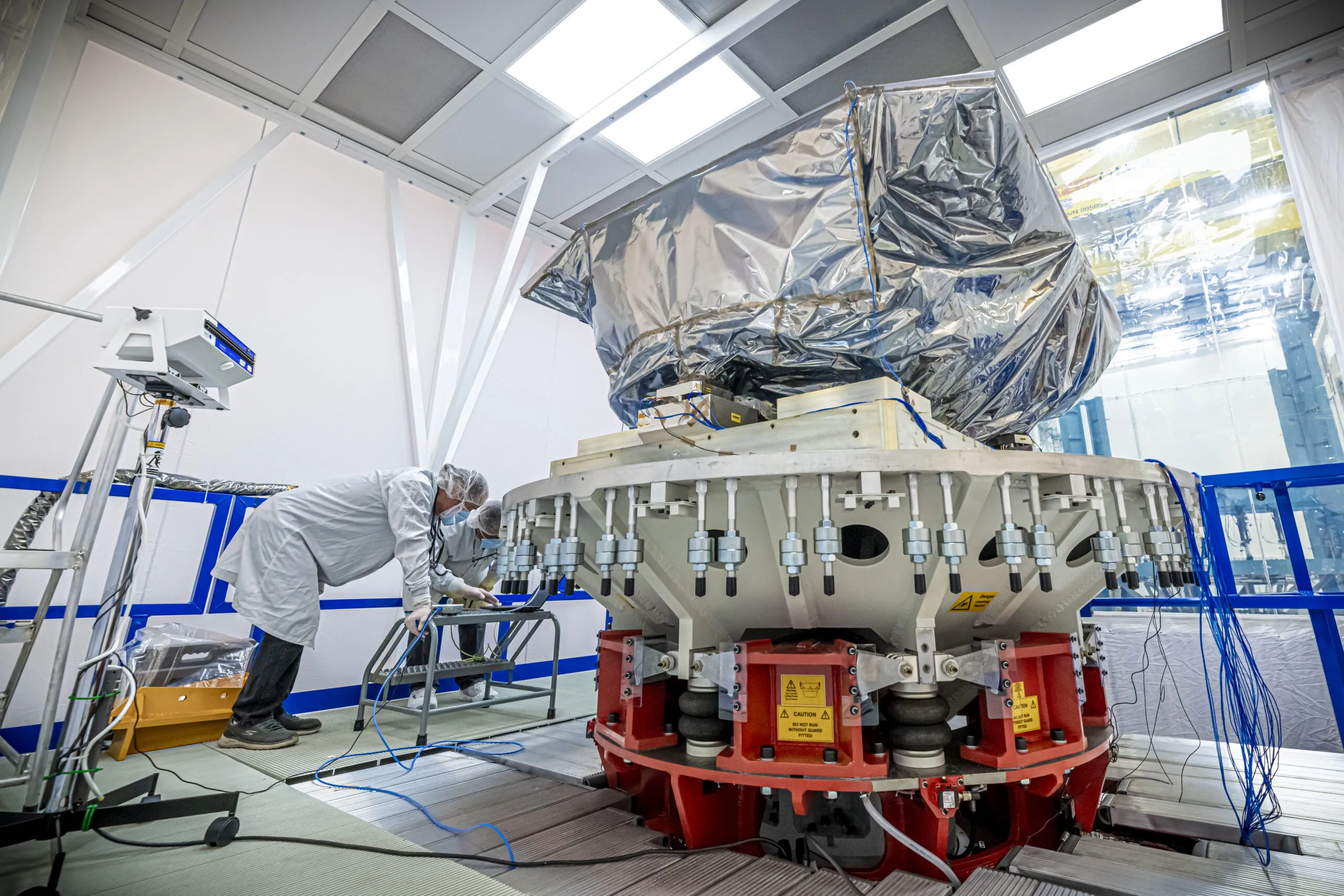Boulder-built telescope instrument nears completion

BOULDER — The Nancy Grace Roman Space Telescope’s Wide Field Instrument, the primary scientific instrument on NASA’s next-generation observatory, has entered the final stages of environmental testing at BAE Systems Space & Mission Systems Holdings Inc. in Boulder.
BAE is the successor company to Ball Aerospace.
According to a press statement from BAE, the WFI will detect distant infrared light from around the universe and provide high-resolution images across wide swaths of the sky, helping scientists find and study new exoplanets, better understand dark energy and dark matter, and explore a range of additional astronomical questions. The instrument will capture a field of view at least 100 times greater than its predecessor, the Hubble Space Telescope, and will dramatically increase the speed with which scientists can survey the cosmos.
SPONSORED CONTENT
BAE Systems and NASA’s Goddard Space Flight Center finished integration of the WFI and began environmental testing of the instrument in September last year. To date, the WFI has completed vibration and acoustic tests that simulate launch conditions and its initial baseline thermal vacuum test, which simulates the conditions the instrument will encounter in space, including the temperature on orbit. Most recently, the WFI completed its second thermal vacuum chamber test, which served as a final demonstration of its performance after being subjected to dynamic environments testing. The instrument will now transition to the final stage of testing, where it will undergo electromagnetic interference and compatibility testing to make sure it’s not susceptible to electrical disruptions, BAE’s statement said.
Completion of environmental testing and delivery of the WFI to NASA’s Goddard Space Flight Center is expected to occur this summer. The Roman Space Telescope is expected to launch by May 2027.
BAE Systems enters final stages of testing of equipment for the Nancy Grace Roman Space Telescope.




